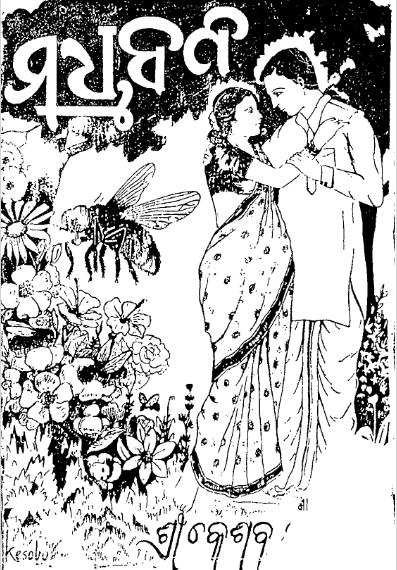Rediscovering Madhubana: An Ode to Kesab Maharana’s Timeless Odia Poetry
Odia poetry has a rich tapestry woven through centuries, with each poet contributing their unique threads to the fabric of cultural expression. Among the luminaries of this literary tradition stands Kesab Maharana, whose work Madhubana, first published in 1948, continues to resonate deeply with readers today. This significant collection of poems encapsulates the fusion of personal emotion with the broader socio-cultural context of Odia life, reflecting both the simplicity and complexity that characterizes Maharana’s artistry.
Madhubana, translated as “The Forest of Honey,” serves not only as a title but also as a metaphorical landscape filled with the sweetness of love, longing, and the nectar of nature. The poems within this collection evoke a sense of nostalgia for the idyllic beauty of Odisha’s rural landscape, where nature and human emotions intertwine. Through vivid imagery and lyrical language, Maharana paints a portrait of the natural world that is both enchanting and profound.
Kesab Maharana was born in 1923 in Ganjam district, Odisha. His poetry reflects the rich cultural heritage of the region as well as the experiences of its people. He captures the essence of rural life, infusing his work with the sights and sounds of village existence—fields of paddy swaying in the wind, the songs of birds at dawn, and the cycle of life that continues unabated in the face of change. His ability to encapsulate such vivid imagery allows readers to immerse themselves in the scenes he describes, drawing them into the heart of Odisha.
One of the most striking aspects of Madhubana is Maharana’s exploration of universal themes such as love, nature, and the passage of time. He approaches these themes with a sense of intimacy and authenticity, crafting poems that feel both personal and collective. The tenderness of love and the pain of separation are recurrent motifs, and Maharana often uses nature as a backdrop to express these feelings, thereby intertwining human emotion with the natural world.
Maharana’s poetry also reflects the sociopolitical climate of post-independence India. As the nation grappled with its identity in the wake of colonial rule, Maharana articulated the aspirations and struggles of the common people through his verses. His wordplay and nuanced understanding of human emotions enabled him to connect with readers from various walks of life, making Madhubana a beloved anthology that transcended mere literary boundaries.
The language of Madhubana is richly evocative, employing classical Odia lyrical forms while also adapting to contemporary sensibilities. Maharana’s command over words allows him to convey complex emotions succinctly, making every poem a journey through the depths of the human experience. His verses resonate with both simplicity and depth, allowing for multiple interpretations and reflections, which is a hallmark of great poetry.
In contemporary times, revisiting Madhubana is not merely an act of literary appreciation; it is an opportunity to reconnect with the roots of Odia culture and the timeless themes that continue to influence modern poetry. As readers today explore the nuanced expressions of love, nature, and identity within this collection, they find themselves drawn into the mellifluous world that Maharana crafted—one that remains as relevant and enchanting as it did in 1948.
In conclusion, Kesab Maharana’s Madhubana stands as a testament to the enduring power of poetry. Its lyrical beauty and emotional depth speak to the heart of humanity, making it a significant contribution to Odia literature and a cherished part of India’s cultural heritage. Whether you are a long-time admirer of Odia poetry or discovering it for the first time, Madhubana invites you to lose yourself in the forest of honey—a space where emotions bloom and stories unfold.
Books Info
| Books name | Madhubana/ମଧୁବନ |
| Author | Kesab Maharana |
| No Of pages | 142 |
| Publisher | NA |
| Publication | 1948 |
| Printed At | NA |
| Distributor | NA |

